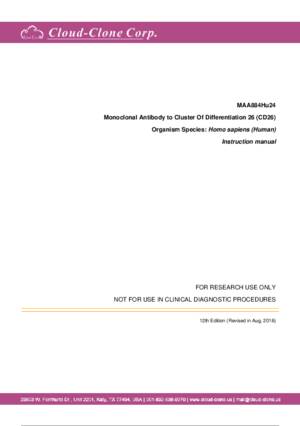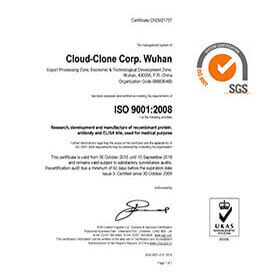Monoclonal Antibody to Cluster Of Differentiation 26 (CD26)
CD26; ADA; DPPIV; DPP-IV; DPP4; ADABP; ADCP2; TP103; Adenosine Deaminase Complexing Protein 2; T-cell activation antigen CD26; Dipeptidyl Peptidase IV
- Product No.MAA884Hu24
- Organism SpeciesHomo sapiens (Human) Same name, Different species.
- SourceMonoclonal antibody preparation
- HostMouse
- Potency (Clone Number)C3
- Ig Isotype IgG2b Kappa
- PurificationProtein A + Protein G affinity chromatography
- LabelNone
- Immunogen RPA884Hu01-Recombinant Cluster Of Differentiation 26 (CD26)
- Buffer Formulation0.01M PBS, pH7.4, containing 0.05% Proclin-300, 50% glycerol.
- TraitsLiquid
- Concentration1mg/ml
- Organism Species MoreRattus norvegicus (Rat)
- ApplicationsWB
If the antibody is used in flow cytometry, please check FCM antibodies. - DownloadInstruction Manual
- UOM 20µl100µl 200µl 1ml 10ml
- FOB
US$ 103
US$ 240
US$ 343
US$ 858
US$ 3430
For more details, please contact local distributors!
SPECIFITY
The antibody is a mouse monoclonal antibody raised against CD26. It has been selected for its ability to recognize CD26 in immunohistochemical staining and western blotting.
USAGE
Western blotting: 0.5-2µg/mL;
Immunohistochemistry: 5-20µg/mL;
Immunocytochemistry: 5-20µg/mL;
Optimal working dilutions must be determined by end user.
STORAGE
Store at 4°C for frequent use. Stored at -20°C in a manual defrost freezer for two year without detectable loss of activity. Avoid repeated freeze-thaw cycles.
STABILITY
The thermal stability is described by the loss rate. The loss rate was determined by accelerated thermal degradation test, that is, incubate the protein at 37°C for 48h, and no obvious degradation and precipitation were observed. The loss rate is less than 5% within the expiration date under appropriate storage condition.
GIVEAWAYS
INCREMENT SERVICES
-
 Antibody Labeling Customized Service
Antibody Labeling Customized Service
-
 Protein A/G Purification Column
Protein A/G Purification Column
-
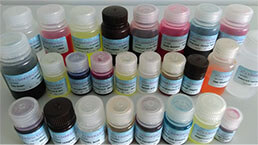 Staining Solution for Cells and Tissue
Staining Solution for Cells and Tissue
-
 Positive Control for Antibody
Positive Control for Antibody
-
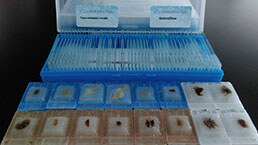 Tissue/Sections Customized Service
Tissue/Sections Customized Service
-
 Phosphorylated Antibody Customized Service
Phosphorylated Antibody Customized Service
-
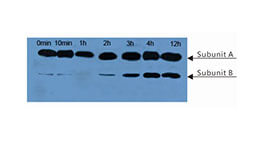 Western Blot (WB) Experiment Service
Western Blot (WB) Experiment Service
-
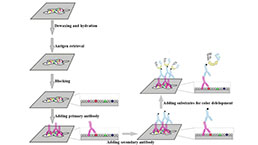 Immunohistochemistry (IHC) Experiment Service
Immunohistochemistry (IHC) Experiment Service
-
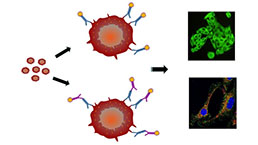 Immunocytochemistry (ICC) Experiment Service
Immunocytochemistry (ICC) Experiment Service
-
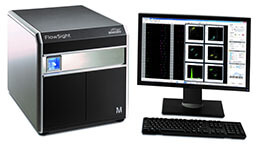 Flow Cytometry (FCM) Experiment Service
Flow Cytometry (FCM) Experiment Service
-
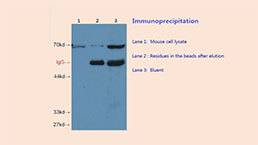 Immunoprecipitation (IP) Experiment Service
Immunoprecipitation (IP) Experiment Service
-
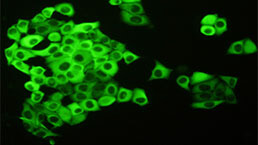 Immunofluorescence (IF) Experiment Service
Immunofluorescence (IF) Experiment Service
-
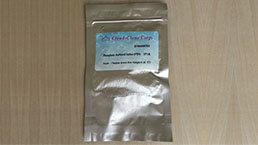 Buffer
Buffer
-
 DAB Chromogen Kit
DAB Chromogen Kit
-
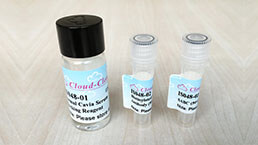 SABC Kit
SABC Kit
-
 Long-arm Biotin Labeling Kit
Long-arm Biotin Labeling Kit
-
 Real Time PCR Experimental Service
Real Time PCR Experimental Service
| Magazine | Citations |
| hormone and metabolic research | Linagliptin Blocks Renal Damage in Type 1 Diabetic Rats by Suppressing Advanced Glycation End Products-Receptor Axis Pubmed: 24710699 |
| Curr Med Chem. | MK-0626, a dipeptidyl peptidase-4 inhibitor, improves neovascularization by increasing both the number of circulating endothelial progenitor cells and endothelial nitric oxide synthetase expression. Pubmed:24059225 |
| Diabetes | Ghrelin inhibition restores glucose homeostasis in hepatocyte nuclear factor-1alpha (MODY3) deficient mice PubMed: 25979074 |
| The American Journal of the Medical Sciences | Expression and Clinical Significance of Serum Dipeptidyl Peptidase IV Chronic Obstructive Pulmonary Disease Pubmed:26992252 |
| Gene | Expression of recombinant human α-lactalbumin in milk of transgenic cloned pigs is sufficient to enhance intestinal growth and weight gain of suckling piglets Pubmed:26899869 |
| Applied In Vitro Toxicology | Hepatic Spheroids for Long-Term Toxicity Studies aivt.2016.0016 |
| BMJ Open Diab Res Care | High circulating plasma dipeptidyl peptidase- 4 levels in non-obese Asian Indians with type 2 diabetes correlate with fasting insulin and LDL-C levels, triceps skinfolds, total intra-abdominal adipose tissue volume and presence of diabetes: a case–control study 10.1136:bmjdrc-2017-000393 |
| Diabetology & Metabolic Syndrome | Dipeptidyl peptidase-4 levels are increased and partially related to body fat distribution in patients with familial partial lipodystrophy type 2 pubmed:28450900 |
| Journal of Cellular Biochemistry | The effect of CD26‐deficiency on dipeptidyl peptidase 8 and 9 expression profiles in a mouse model of Crohn's disease Pubmed:29693275 |
| Medicine (Baltimore) | Rapid detection of urinary soluble intercellular adhesion molecule-1 for determination of lupus nephritis activity Pubmed:29953010 |
| Sci Rep | The novel adamantane derivatives as potential mediators of inflammation and neural plasticity in diabetes mice with cognitive impairment Pubmed:35468904 |




